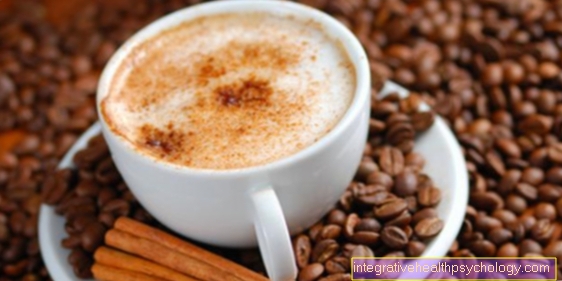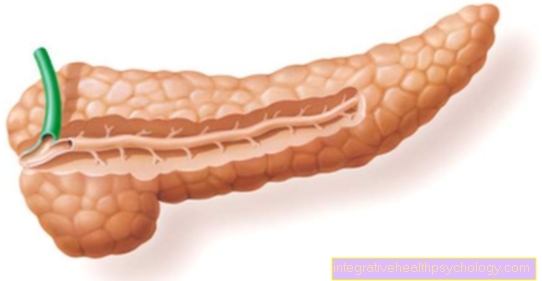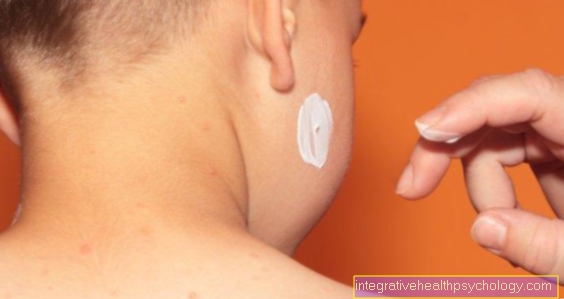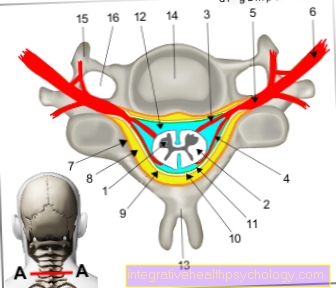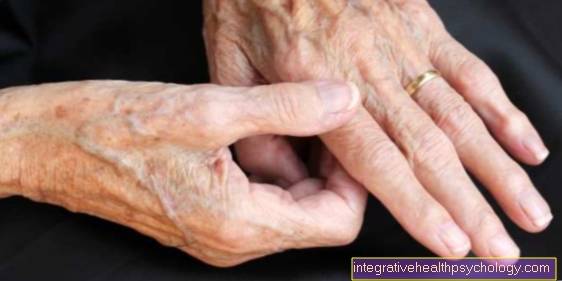burdock
Latin name: Arctium lappa
genus: Asteraceae
Common names: Bardane, Bolstern, Roßklettenwurz
Plant description
Biennial, 1 to 1.5 m tall, reddish stem, abundantly branched. Leaves tomentose, decreasing in size from bottom to top. Bluish to red inflorescences. Up to 60 cm long, branchy root.
Heyday: June and July.
Occurrence: Very common on roadsides, stream banks, fences.
Plant parts used medicinally
The roots are harvested in autumn, divided and allowed to air dry.
ingredients
Inulin, mucilage, essential oil, tannins, bitter substances. Antibacterial and fungicidal substances.
Medicinal effect and application
The burdock has weak diuretic Properties. Burdock root oil (an extract from burdock root made with olive or sesame oil) counteracts this flaky scalp. The tea also applied at impaired liver and biliary function. Folk medicine uses burdock root tea Acne for washing, dabbing, and compresses.
preparation
Boil 2 heaped teaspoons of chopped burdock root with two cups of water for 5 minutes, strain.
Combination with other medicinal plants
The tea described above can be supplemented with aniseed to improve the taste a little.
Application in homeopathy
Arctium lappa is used in homeopathy against acne, eczema or flaky scalp. Exponentiation D3 to D12.
Side effects
There are no known side effects.

